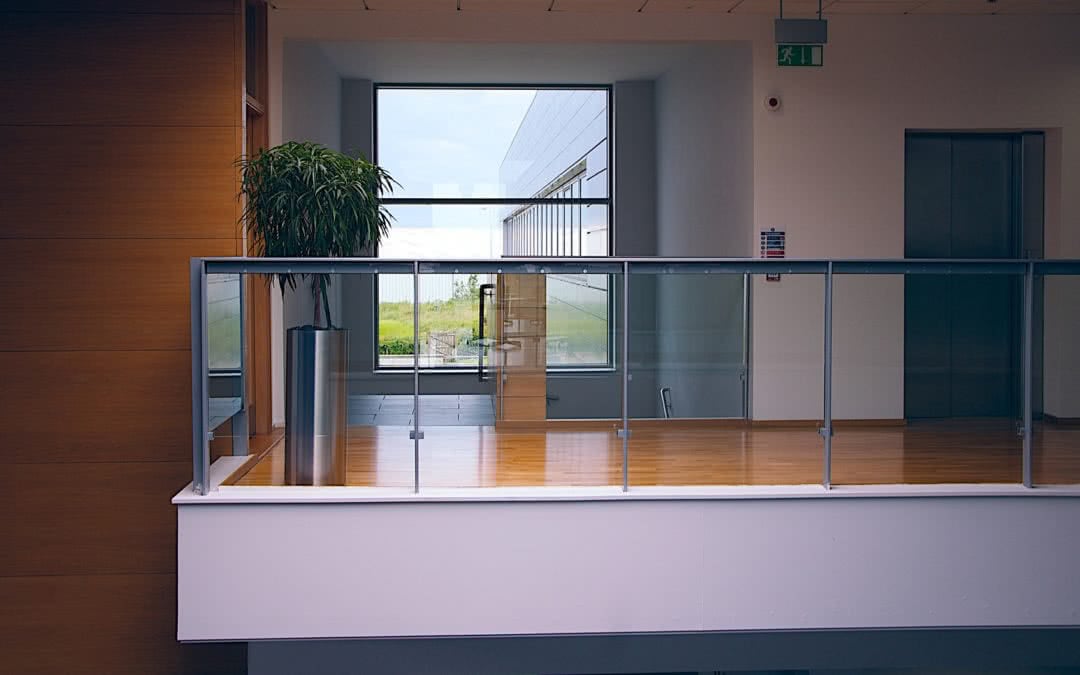Tired of Being a Landlord Yet You Don’t Want a Big Tax Bill?
Anyone who has owned investment real estate, whether a student rental, a small apartment building, an office building or a strip retail center, knows that two of the most demanding aspects of being a landlord it dealing with tenants and maintaining property. For many, being a real estate investor appears a Catch-22: you want out, but to get out you must give away all or most of what you have worked for. One of the best strategies for freeing yourself of landlord hassles and deferring taxes. is 1031 Exchanging into an Net-Leased property in which the tenant maintains the building while you care-freely receive the rental income.
1031 Exchange
The IRS Code allows you to exchange one real estate investment asset for another while deferring the gain and depreciation recapture on the sale of the first property. With 15-20% federal capital gains tax, plus state taxes (4.63% in Colorado), plus the a typical 25% recapture of depreciation at your ordinary income tax rate, the potential for deferring taxes is significant, particularly if you have held the property for many years. On the sale of an investment property that has been held long enough to generate significant appreciation while a significant amount of depreciation has been taken, it is not unusual for one-third of the proceeds from the sale to go to taxesn if the seller does not 1031 exchange into another property.
The IRS Code stipulates properties eligible for a tax-deferred exchange must be like-kind. For real estate held for investment, that gives you a lot of latitude. An apartment building you own in California can be exchanged for an office building in Colorado. Raw land can be exchanged for a fully-developed building. Your 100% ownership in the building you are selling can be divided into two or three properties to create diversification. As long as the exchange is done properly the options for tax-deferred investments are limitless.
Replacement Property
Locating and securing your 1031 replacement property must be done swiftly, skillfully and knowledgeably. The replacement property must be identified in-writing within 45 days of the sale of your relinquished property, and then the closing on the purchase of the second property must occur within 180 days of the sale of the relinquished property. The process of selecting your replacement property should begin as soon as you know you have a solid buyer for your replacement property. You do not want to wait until you close on the sale of the property you are relinquishing to begin looking for replacement options.
If you are looking to be free of the hassles associated with being a landlord, then you should focus search on Net-Leased properties, with long term leases backed by strong-credit tenants. These investments take the form of medical offices such as kidney dialysis centers and retail properties. Often, Net-Leased properties are sited on pad sites of larger retail centers. It could be the real estate for a Big-O Tire Store, a Starbucks or a McDonald’s ground lease. A classic Net-Leased property for is the real estate for a Walgreens pharmacy. In general, you will need $700,000 or more in cash to acquire a fee simple, Net-Leased property. But you can also add cash from other sources to the cash coming out of the exchange.
Where to find Expertise
The 1031 Exchange is the ideal tool to move from a management-intensive property into an Net-Leased property. While you do not personally need to have all the answers, you need to know where to find them. Two essential members of your team are, (1) an investment real estate advisor, like TenantWisdom, who can provide you with and help you evaluate various replacement property options, and (2) a top-notch Exchange Qualified Intermediary, QI for short. With the right expertise, you can preserve your hard-earned equity, establish a predictable and reliable cash-flow, and free yourself from getting the call when the toilet is not working.

